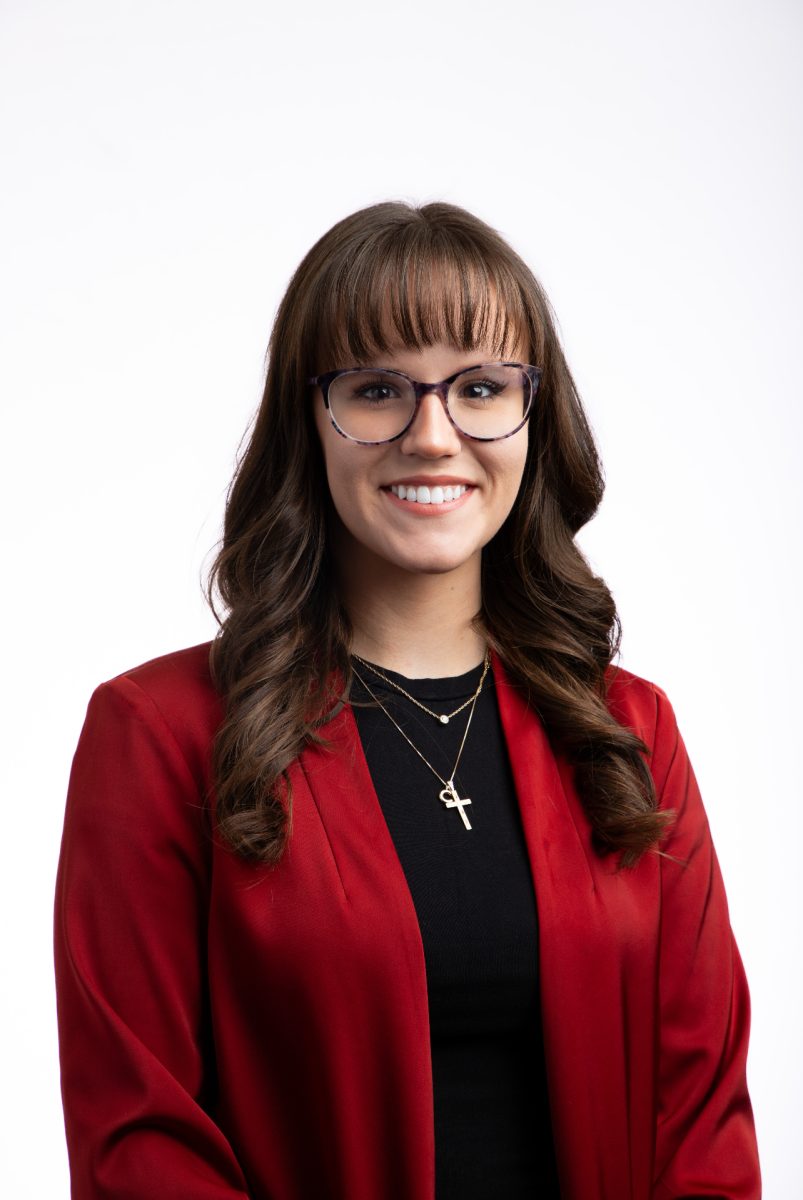Southern Illinois University: 150 Years and counting
March 4, 2019
Founded in 1869 as Illinois’ second teachers college – with 12 academic departments and an inaugural class of 143, including two African American students – SIU Carbondale is the flagship campus for the Southern Illinois University system.
“[SIU] was unique in that it grew in ways that other teaching colleges did not,” Matt Gorzalski, a university archivist with the Special Collections Research Center, said. “People are still trying to figure out how because of a rural location [which] wasn’t conducive to necessarily the major growth that we saw in the 50s.”
New Mascot
Advertisement
In the late 40s, there was a growing interest by the student body to adopt a more aggressive mascot for their athletic teams than the original “Maroons.”
On March 19, 1951, the student body of 2,000 voted in favor of “Salukis” as the new mascot for the university’s teams.
Shortly after, SIU adopted a Saluki, named King Tut.
The mascot became an instant celebrity and attended football and basketball games and participated in the homecoming celebrations. In 1954, however, King Tut was struck by a car near Anthony Hall and killed.
The pyramid in front of Saluki Stadium, which originally stood in the northeast corner of McAndrew Stadium, marks the tomb of King Tut.
Delyte Morris
The university existed primarily as a teacher’s college until Delyte Morris took office as president of the university in 1948. Morris was SIU’s longest-serving president from 1948 until 1970.
Advertisement*
“We had the so-called Morris era,” John Jackson, a visiting professor at the Paul Simon Institute and coauthor of “Southern Illinois University at 150 Years,” said. “He was the transformational president, who over 22 years took us from a relatively small university to major university status and well over 20,000 students.”
During his presidency, Morris had a major commitment to graduate education, master’s and PhD programs and ambitions for a law and medical school, which came later, Jackson said.
“We went from elite education to mass education in that 20 year period,” he said. “By the time he left here, which was the summer of 1970, we were a massively different place.”
Morris oversaw the creation of new departments and programs as well as a new campus, the SIU Edwardsville campus.
In 1970, Carbondale was separated from its satellite campus in Edwardsville.
Student Protests
“One of the biggest things [at SIU] is the student activism,” Gorzalski said. “It has been a big part of this school’s history. We were a hotbed during the era of the Vietnam War.”
The anti-war demonstration and riots of 1970 got so bad the university abruptly closed its doors and sent everyone home on May 12, Jackson said.
“That was both a good and a bad,” he said. “Ever since, in a moral and historic sense, demonstrating against the war was certainly defensible. One can argue that was the right thing to do, but it left an indelible scar in the area and in the political powers in Springfield because most of them at the time were strongly in favor of the Vietnam War.”
It has been tough to marshal the kind of political support the university has needed to keep the place going and growing since then, Jackson said. There is still tension that causes many political leaders to not go out of their way to help the university when it is in dire straits.
“I saw those anti-war demonstrations up close and personal because I was a young faculty member then,” Jackson said. “I think it symbolized the idealism and diversity of SIU students at that point because our demonstrations and riots were a reaction to the deaths of college students on campus’ of Kent State University and Jackson State University.”
Diversity and Inclusion at SIU
Diversity has been an integral part of SIU’s legacy.
“We have always been a gritty, blue collar-oriented university,” Jackson said. “We have always been more diverse than the other universities in the state.”
Jackson said SIU has no history of being segregated, even when other universities were.
“We have had a unique place in history in not only southern Illinois, but really higher education in Illinois,” Jackson said. “That is what makes us a fairly unique and certainly compelling story.”
Today, minority students make up 29 percent of the total enrollment,and SIU continues to rank among the nation’s top colleges and universities in the number of degrees awarded to students in ethnic and racial minority groups, according to the university’s website.
SIU also was the first to offer a program to provide support to students with specific learning disabilities at a college level, called Project Achieve.
“SIU is known for being a school that has been a leader in services for people with disabilities and having a friendly campus for those people,” Gorzalski said.
Project Achieve was founded by Barbara Cordoni Kupiec in 1978. She pursued a career in the field initially to help her own children and has left behind a legacy that has assisted thousands of students in earning their degrees, according to SIU’s website.
In 1983, Project Achieve became the Clinical Center Achieve program when the university decided to institutionalize the program. This made it a permanent part of the university’s structure.
SIU also played a key role in starting the Special Olympics, according to Gorzalski. William Freeberg was the first person in the U.S. that earned a PhD in outdoor recreation, and he came to SIU after he got that degree in the early 50s.
“He lead the growth of the ‘Camp Little Grassy,’ which is now Touch of Nature,” Gorzalski said. “That was for people with disabilities. It was through Freeberg that we got into the conversation through networking, getting in touch with the right people to play a role in starting the Special Olympics.”
Gorzalski the university’s is something to be proud of.
“We have a long history of being faced with challenge after challenge and overcoming it and succeeding despite some fierce opposition from other schools over the years,” Gorzalski said. “We have established programs and expanded them. We still manage to thrive overall. You get some ups and downs, but it has been good.”
Jackson said SIU’s legacy lies within over 200,000 living alumni, who have had great careers and been better because of having an SIU degree.
“You can’t ask for a much better legacy than having well over 200,000 living alums who carry the mark of being in Carbondale for two, three or even five years, whatever it took, and then went out and did great things,” he said.
SIU has sent alumni out all over the state, nation and world with the education and intellectual curiosity gained at the university, according to Jackson.
“The mission has always been to serve southern Illinois and the people,” Gorzalski said. “Southern Illinois historically has not had access to top quality schools […] SIU has played a huge role in providing college education to a whole region of the state that had really no options to get a college education.”
Staff reporter Emily Cooper can be reached at ecooper@dailyegyptian.com or on Twitter at @ECooper212.
To stay up to date with all your Southern Illinois news, follow the Daily Egyptian on Facebook and Twitter.
Advertisement









Lee Mullikin • Aug 8, 2019 at 12:41 pm
I attended from 1968 till 1970, getting my undergrad degree in Philosophy after the riots. That quarter ended after 4 out of 10 weeks and everyone was graded as PASS/FAIL. Lots of demonstrators including me and we felt threatened by nearby communities who were very “anti- Hippy.”
Musician Donovan was scheduled to play for our belated (mandatory attendance to get diploma) Graduation because he was “too radical.”
Interesting times, indeed. We regarded Kent State as a sister campus and were furious at the killing.
Women had curfews when I came in 1968 and men did not, they figured men would go home without any women around. We had to drive quite a way to a nearby town to buy beer and no take out so plenty of inebriated students had to navigate dark roads. Lived on Mill Street when Old Main burnt.
Design Department had Bucky Fuller giving great lectures. Vietnam Vets were beginning studies and telling us how badly things were going so we got firsthand info. I was one half of a long dispute on the pages of your newspaper when I supported secular education and my father in Chicago took the opposite viewpoint. Probably 1969 and it went on for many weeks as people weighed in…….
Carbondale was a great experience. p.s. Did you know you’re in an extremely rare spot for the last and the next solar eclipse?